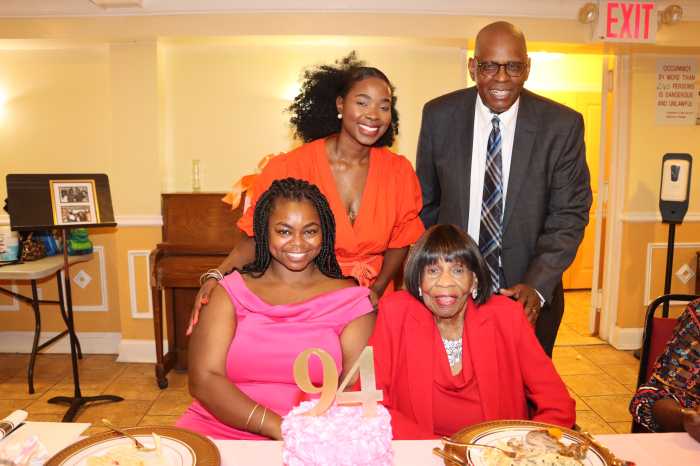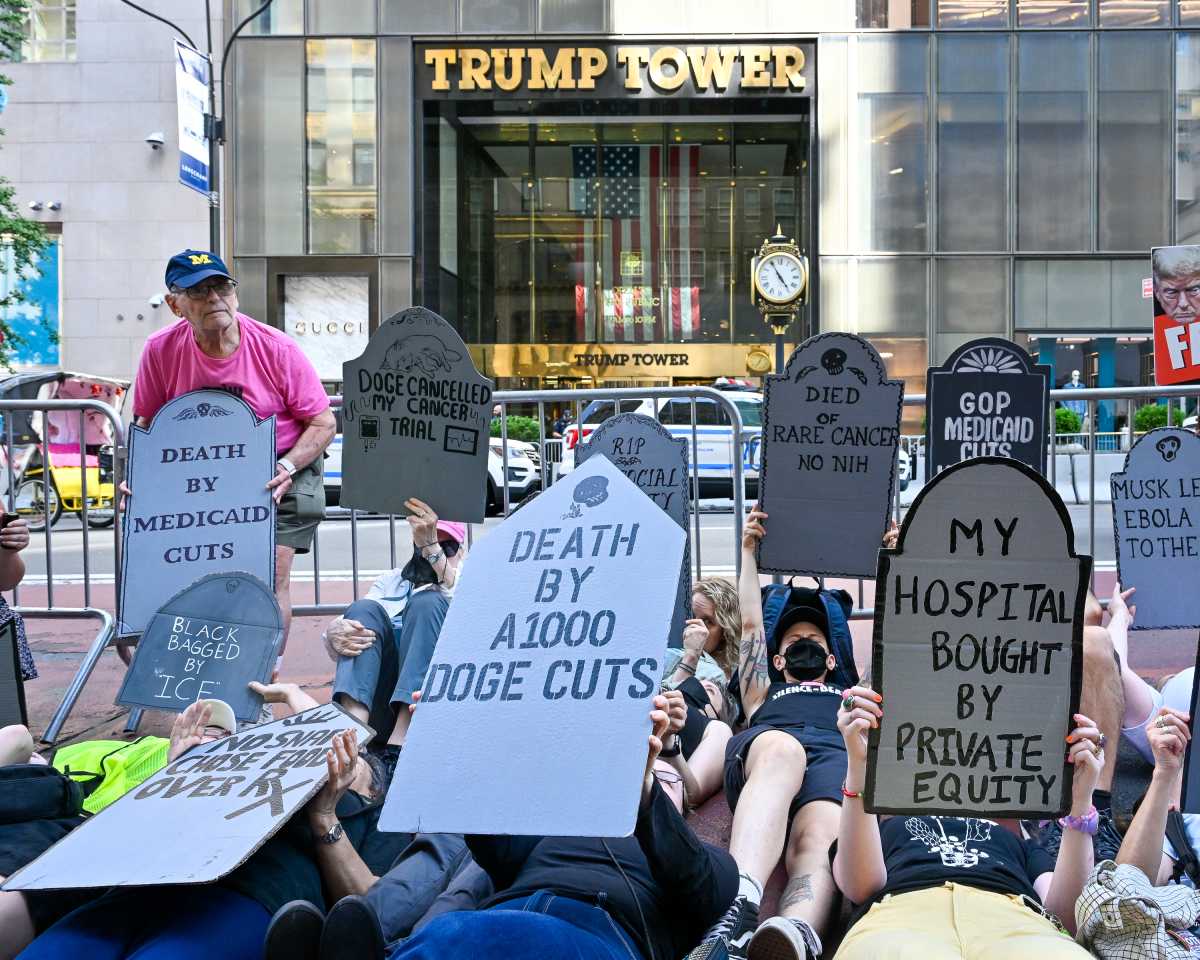New Yorkers who hadn’t hunkered down last weekend trudged through the storm to the Metropolitan Pavilion in Chelsea, Manhattan where booths of unusual art in the warmest of atmospheres welcomed hardy art lovers to the 24th edition of the Outsider Art Show.
Artists from Haiti, Cuba, Bahamas, Dominican Republic were among the Caribbean countries represented exhibiting alongside artists from other countries in the Americas and around the world. The term “outsider art” has come to encompass self-taught (or naïve) art and those making art outside the traditional gallery system.
Organizers vet the exhibiting artists but there is still debate over the question of whether highly educated, yet self-taught artists fit into the outsider category.
Cuban-American Felipe Jesus Consalvos worked as a cigar roller for most of his life. A body of his work of more than 800 collages on paper, musical instruments, furniture, and other objects — many covered with cigar bands and wrappers — was discovered after his death at a 1981 garage sale in Philadelphia. Gallery Fleisher / Ollman exhibited a wall of collaged guitars and other large flat pieces.
Beate Echols’ Mariposa Unusual Art was showing works by another Cuban, Jose Garcia Montebravo from Cienfuego, Cuba who came to painting having taught high school for almost 20 years.
It’s so hard to find untutored Cuban artists Echols noted because in Cuba the government supports the arts and education and even art school is free.
Wanting to travel “to warm countries with warm people,” this German native said, “I was interested in people’s folk art because it tells you who people are and their way of life.” Echols’ home-based representation of Caribbean and Latin American artists evolved from a personal collection and is among the 24 New York-based exhibitors at the show of almost 50 exhibitors.
Reynald Lally and Christiane Bourbon opened Bourbon-Lally Gallery in Port-au-Prince in 1992. The two still represent Haitian (and other) arts despite the fact that their Petionville gallery is no longer there. Their booth with Haitian vodou drapo–flags and self-taught Haitian painters and sculptors has been a staple at the show since the third edition. Prominently standing on a pedestal was the mixed-media sculpture of St. Jacques Majeur, the Vodou spirit god of war Ogun Ferraille by Lherisson Dubreus.
Among the varied collection of outsider artists at Gallerie Bonheur, owner Laurie Ahner spoke about the highly collected Bahamian folk artist Amos Ferguson, a very spiritual Baptist. Discovered in the Bahamas and introduced to the art scene by collector Ute Stebich, in the mid-80s the Wadsworth Atheneum museum in Hartford mounted a show of 50 of his works, propelling him into an international arena. After this recognition, he got more respect as an artist in his home country. “His work is very primitive, bold and colorful,” says Ahner of the former housepainter turned artist who used house paint as his medium. “He’s our best seller.” Ferguson died at age 89 in 2009.
Long-time participating gallery Indigo Arts from Philadelphia exhibited several Haitian and Cuban works with price ranging from $100 to $12,000, something for every budget.
Three small Haiti-inspired and fashioned sequined flags by Togo / France artist William Adjété Wilson with Haitian Valentin Valris were intriguing.
Biracial, self-taught Adjété — his mother is from Togo, he was raised in France — became interested in the African Diaspora and transatlantic African traditions, both in Africa and in the New World.
In one body of work, “The Black Ocean,” he refashions traditional cloth appliqué techniques and materials working collaboratively with Benin artisans creating large fabric tableaus that portray scenes of slavery and migration. These were exhibited in the University of Michigan’s Gallery DAAS.
In Haiti, using Togo imagery, Adjété worked with Valentin Valris, son of acclaimed sequin artist George Valris, to produce different imagery in a traditional Haitian form.
The term “outsider art” has become a synonym for the French “art brut” (raw art or rough art) created by French artist Jean Dubuffet that describes art created beyond the confines of official culture for example psychiatric hospital patients.























